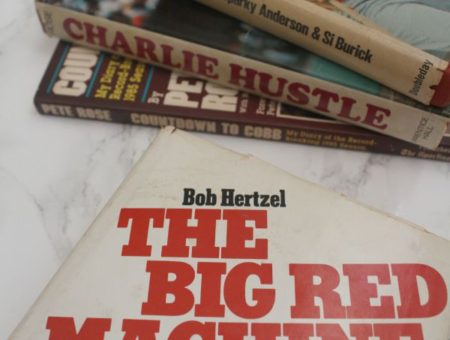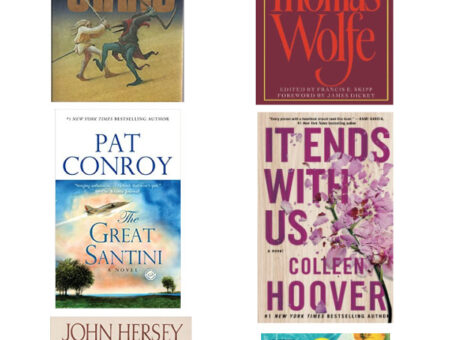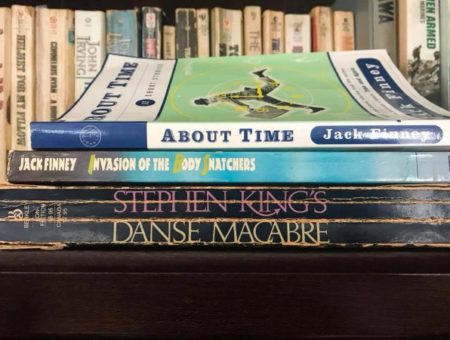As a family, we religiously watched The Last Ship, each episode leaving us hanging at the conclusion. Unfortunately, that’s how the 10th and last episode left us. But, the series will continue next season, therefore making it a not-so-mini series. Still, it was an excellent show, well written, exciting and believable. And just as exciting, TNT followed up with another fantastic series whose final episode will be this week: Legends. This series is as good as any Tom Clancy novel, and the character goes hand-in-hand with John Kelly whose undercover “legend” is John Clark in the Clancy novels. Legends is about an undercover FBI covert operative caught up in this terrorist age we live in, which in itself has led to the end of the world as we once knew it, though not in an apocalyptic way…yet.
And then there’s been great books with no movie, such as 1977’s Lucifer’s Hammer, by Larry Niven and Jerry Pournelle. I always wondered why no movie was ever made of this one. It was about a comet hitting the Earth and the chaotic aftermath, as believable a story as there could be. Sure, there has been comet movies: Deep Impact and Armageddon. Great movies, but…in no way did they touch the power of Lucifer’s Hammer.
Funny thing about the end-of-the-world scenario, all the books and movies about such an event tell the saga of the survivors, which means it’s not truly the end. Except for one, that is, the all-time classic, 1957’s On the Beach, by Neville Shute, made into a 1959 movie with an all-star cast of Gregory Peck, Ava Gardner, Fred Astaire and a young Anthony Perkins. Though it is about survivors, they’re awaiting their ultimate doom as the huge radioactive cloud from a global nuclear war makes it way down to the farthest city in the southern hemisphere, Melbourne, Australia. And the final shot in the movies says it all: newspapers blowing through the empty streets of Melbourne, signifying the end of all humanity. Ironically, I began this post with the final lines of Eliot’s poem The Hollow Men. Nevil Shute got his title from the fourth part of the poem:
We grope together
And avoid speech
Gathered on this beach of the tumid river
But last of all, is the ultimate, no-holds barred real story of Armageddon, told in The Holy Bible:
The Revelation of St. John the Divine. And no writer of fiction could ever come close to telling this one because fiction is just that, fiction. This one is the real deal.
Personally, I’ve always had my own outlook on the end of the world. The end of the world happens 160,000 times a day on planet Earth to all the people who die. Yet, there is approximately 360,000 births a day which leads me to have to use that stale, old cliché adage: life goes on. From Aristotle came the idea that art imitates life. But who knows? Maybe one day life will imitate art, and the end of the world might come in one of the fantastic dramatic ways as has been depicted in so many fictional ways.





